| Date | Event | Time |
|---|---|---|
| 01-30 | Global Astronomy Month | --- |
| 03 | Close approach of the Moon and Jupiter | 07:15 a.m. |
| 03 | Conjunction of the Moon and Jupiter | 08:23 a.m. |
| 06 | Conjunction of the Moon and Mars | 03:04 a.m. |
| 06 | Close approach of the Moon and Mars | 03:59 a.m. |
| 14 | Moon at Apogee (Distance = 406,257.448 km) | 06:48 a.m. |
| 21 | Mercury at highest altitude in morning sky | --- |
| 22 | Lyrid meteor shower (ZHR = 18) | --- |
| 23 | π-Puppid meteor shower (ZHR = var) | --- |
| 25 | Conjunction of Waning Crescent Moon and Venus | 09:21 a.m. |
| 25 | Close approach of the Moon and Saturn | 10:35 a.m. |
| 25 | Close approach of Waning Crescent Moon and Venus | 11:19 a.m. |
| 25 | Conjunction of the Moon and Saturn | 12:23 p.m. |
| 26 | Conjunction of the Moon and Mercury | 09:04 a.m. |
| 28 | Moon at Perigee (Distance = 357,227.990 km) | 12:18 a.m. |
| 29 | Close approach of Venus, Saturn and Neptune | 06:55 a.m. |
| 29 | Conjunction of Venus and Saturn | 10:00 a.m. |
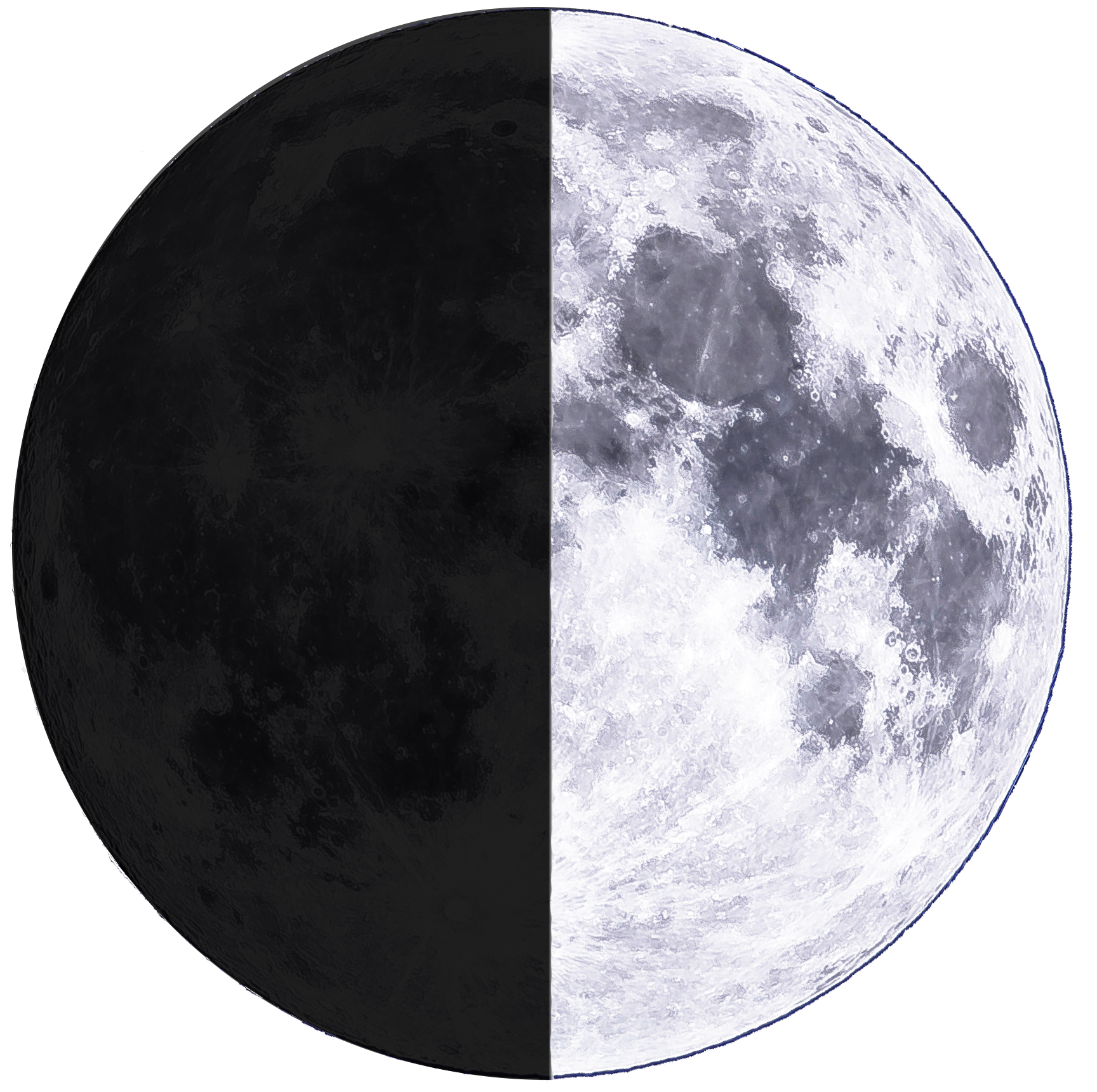
|
First Quarter | |
| Apr 05 | 10:15 AM | |
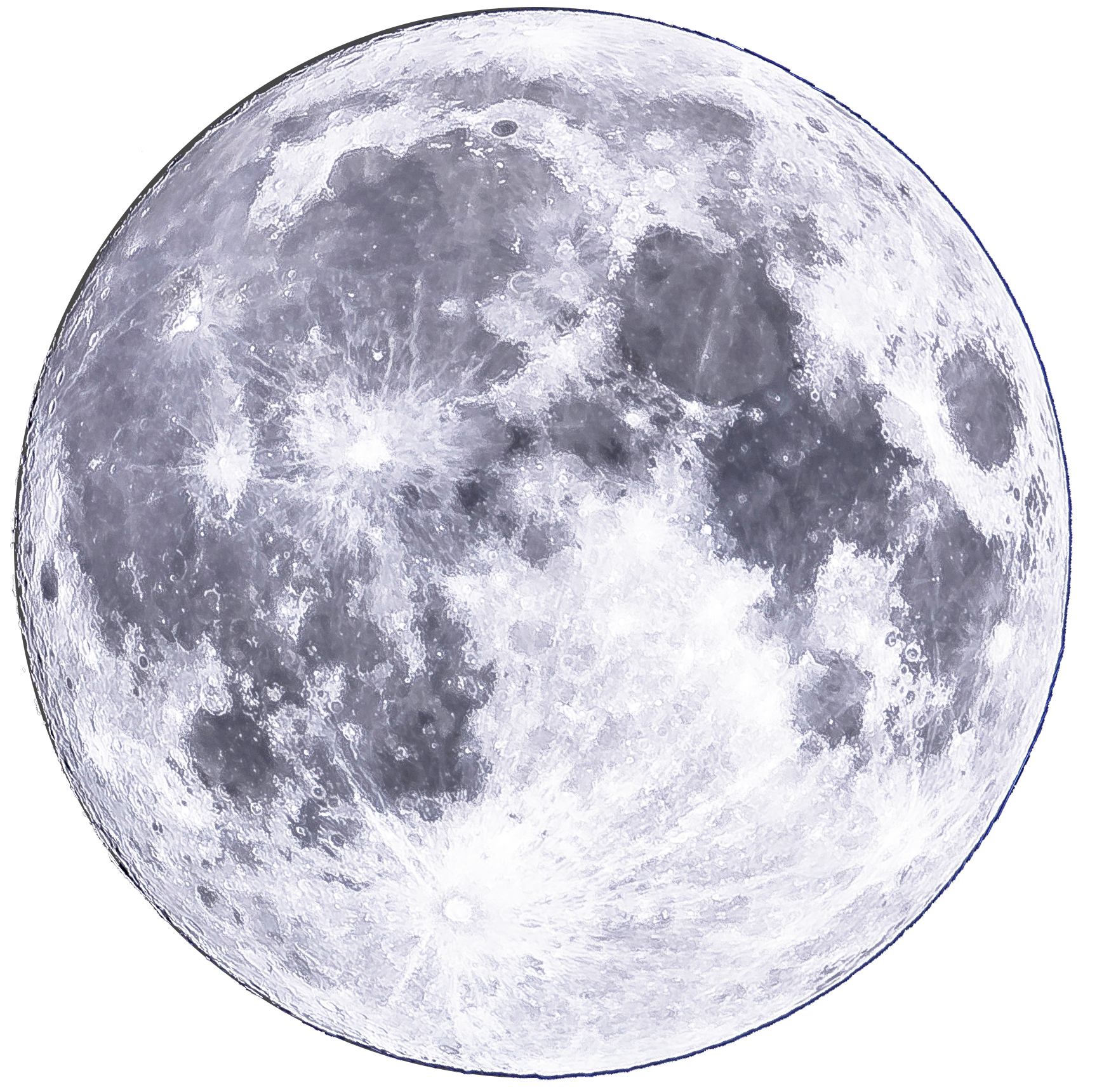
|
Full Moon | |
| Apr 13 | 08:22 AM | |
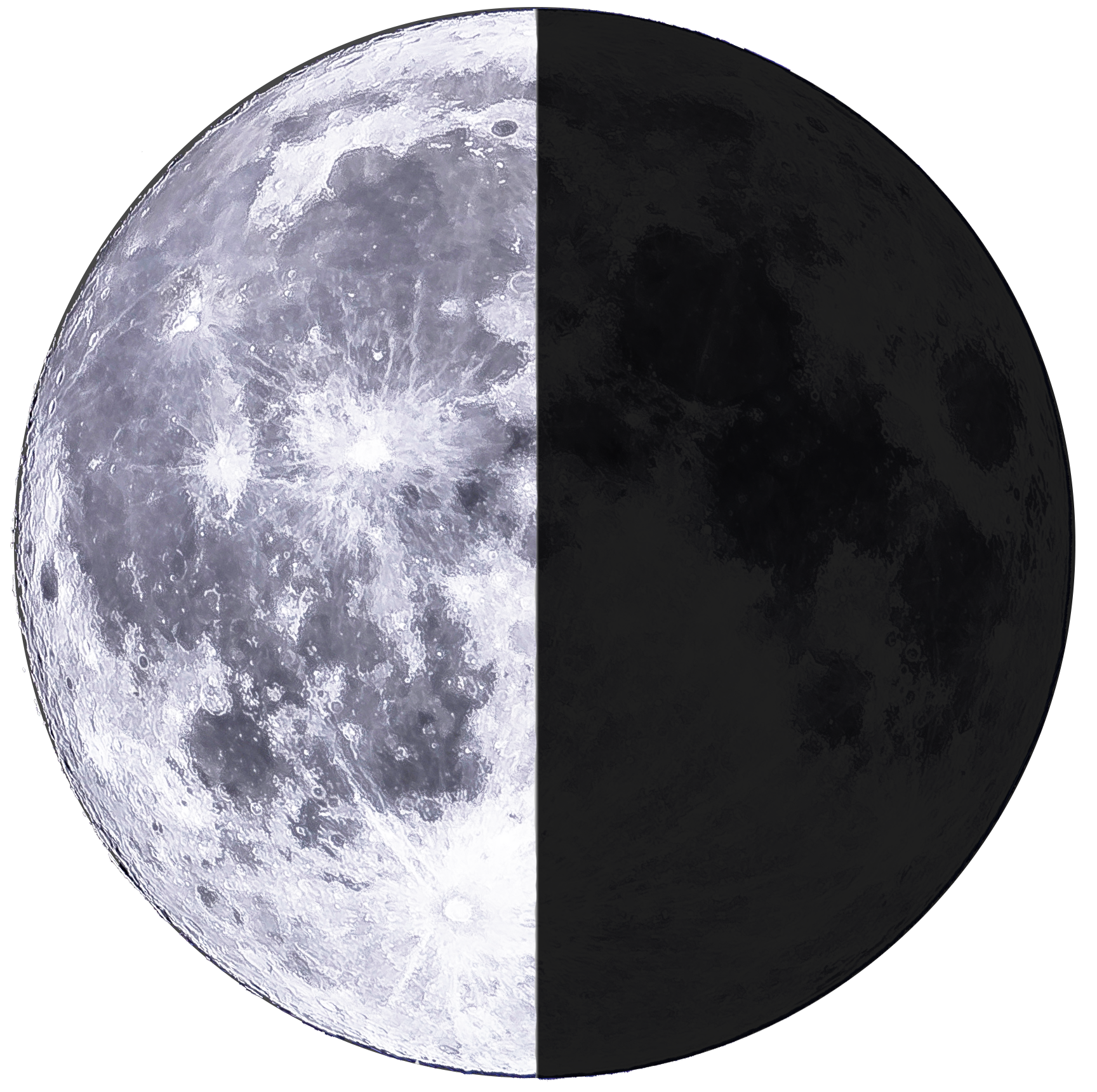
|
Last Quarter | |
| Apr 21 | 09:36 AM | |
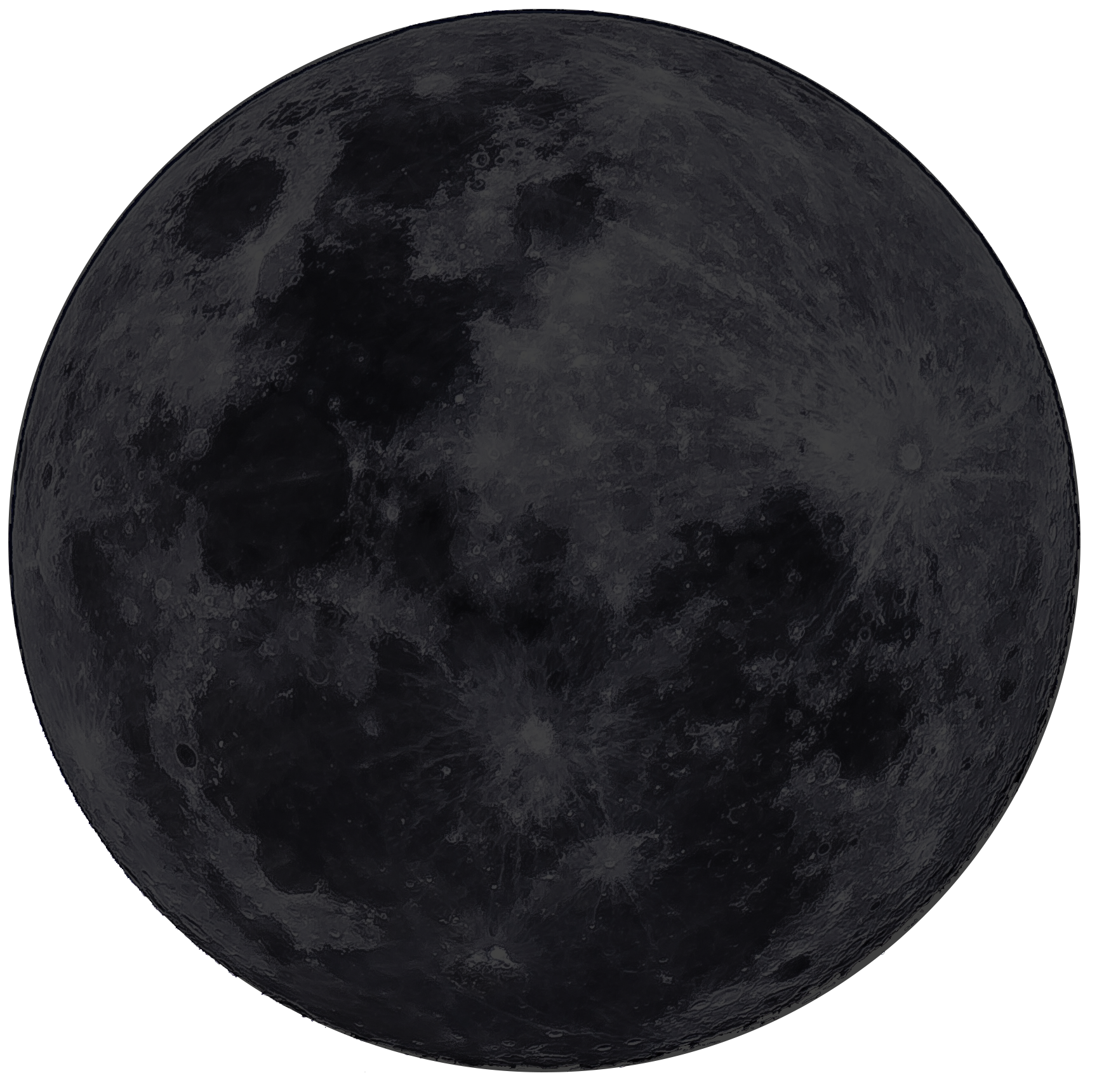
|
New Moon | |
| Apr 28 | 03:31 AM | |
| Date | Mercury | Venus | Mars | Jupiter | Saturn | |||||
|---|---|---|---|---|---|---|---|---|---|---|
| Rise | Set | Rise | Set | Rise | Set | Rise | Set | Rise | Set | |
| Apr 01 | 05:08 am | 05:11 pm | 04:49 am | 05:03 pm | 12:32 pm | 01:31 am* | 09:49 am | 10:42 pm | 05:03 am | 04:57 pm |
| Apr 11 | 04:30 am | 04:29 pm | 04:06 am | 04:14 pm | 12:09 pm | 01:06 am* | 09:17 am | 10:10 pm | 04:27 am | 04:23 pm |
| Apr 21 | 04:15 am | 04:18 pm | 03:36 am | 03:41 pm | 11:47 am | 12:42 am* | 08:45 am | 09:39 pm | 03:52 am | 03:48 pm |
| Apr 30 | 04:14 am | 04:26 pm | 03:17 am | 03:23 pm | 11:30 am | 12:21 am* | 08:17 am | 09:11 pm | 03:19 am | 03:17 pm |
* = following day
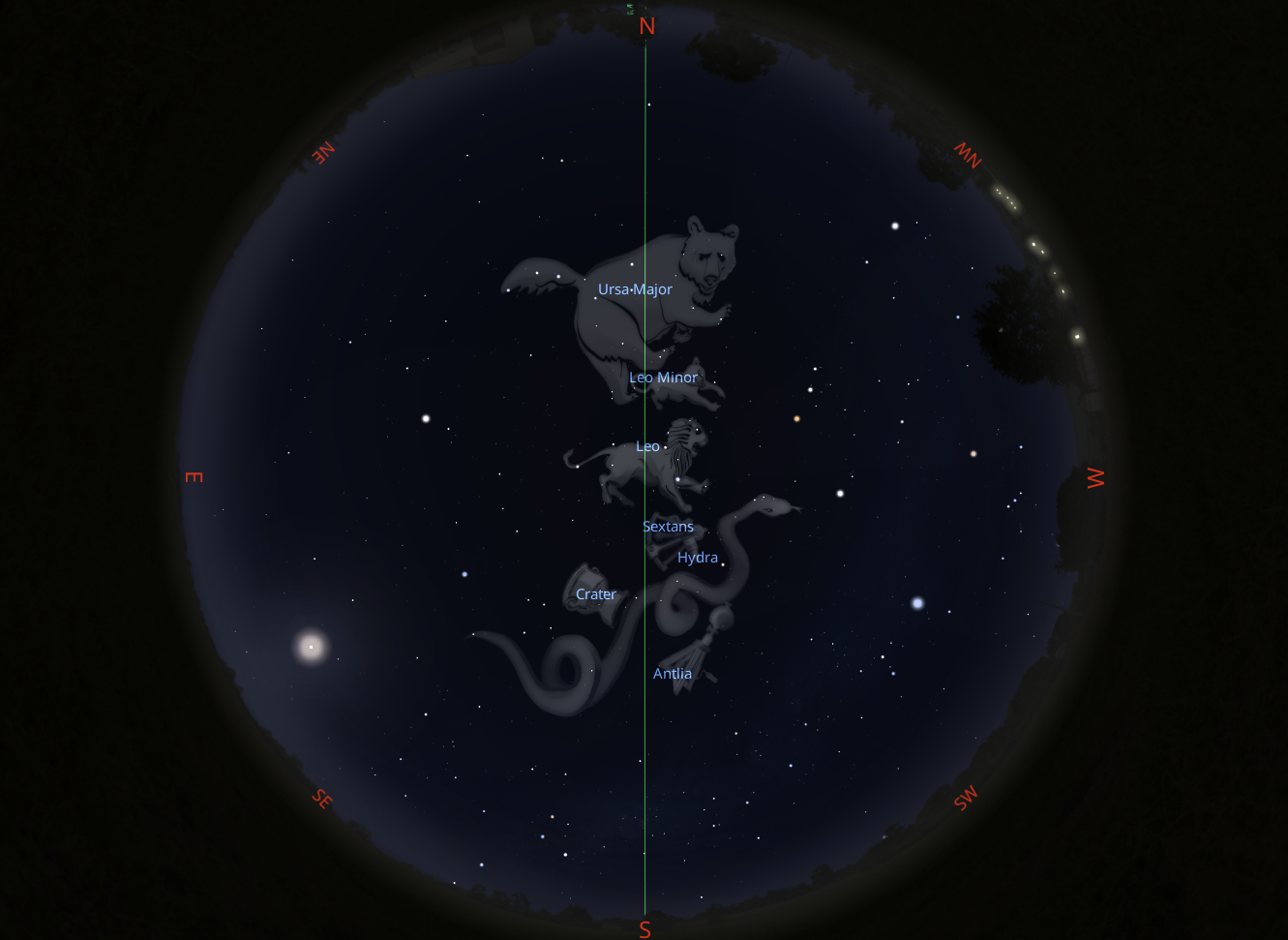 Figure 1: The view of the night sky featuring the prominent April constellations at 09:00 p.m. on 15 April 2025 using the Stellarium software. |
Ursa Major, the Great Bear, is the largest northern constellation and the third in the night sky. It is one of the most renowned constellations due to its iconic feature, the Big Dipper or the Plough asterism. The recognizable seven-star pattern has been used as a celestial navigational aid with its two outer stars, Dubhe and Merak, pointing straight to Polaris, the North Star. Ursa Major stays observable the entire year in the northern hemisphere and never fully disappears beneath the horizon therefore, it can be used as a guide from sunset to sunrise. Aside from its notable stars, the constellation also captivates astronomers with several astronomical treasures it hosts. It contains the Pinwheel Galaxy (M101), a face-on spiral galaxy roughly 21 million light-years away from Earth, the Cigar Galaxy (M82), the closest edge-on starburst galaxy to Earth, and Bode’s Galaxy (M81), a grand design spiral galaxy. [2,3,4]
Leo, the Lion, is among the constellations of the zodiac that have been a source of human fascination for generations. The constellation contains a large number of stars and deep-sky objects that offer great research opportunities, especially in the areas of galactic dynamics and stellar development. It can be easily identified due to its six bright stars that form the prominent spring asterism, the Sickle, a backward question mark pattern symbolizing the lion’s head. At the base of the Sickle is its brightest star, Regulus, representing the heart of the lion, which is among the brightest stars in the sky and one of the stars in a multiple-star system that is approximately 79 light-years away from Earth. Leo hosts some fascinating deep-sky attractions, such as the Leo Triplet, or the M66 Group, a small cluster of galaxies located about 35 million light-years away, consisting of bright spiral galaxies M65, M66, and NGC 3628. [2,5]
Figure 2: The Northern Constellations |
Figure 3: The Southern Constellations |
The Water Monster constellation, Hydra, is the largest and the longest in the night sky. It encompasses a wide area of the sky, housing a wide array of stars and deep-sky objects that advance our scientific knowledge of the universe. Hydra’s brightest star, Alphard, is a giant orange star with an apparent magnitude of 2.0, located around 177 light-years from Earth. Numerous deep-sky treasures can be found in Hydra, like, the Southern Wheel Galaxy (M83), one of the most visible barred spiral galaxies from Earth’s southern sky, the Hydra Cluster (Abell 1060), one of the closest clusters of galaxies to the Milky Way with 157 luminous galaxies, and the Ghost of Jupiter (NGC 3242), a planetary nebula resembling the planet Jupiter. [2,6]
Despite its modest appearance, the constellation Sextans makes a significant contribution to our knowledge of the cosmos. It is challenging to locate the constellation due to its relatively dim stars and lack of recognizable patterns. Its brightest star, Alpha Sextantis, only has an apparent magnitude of 4.49. Though faint, Sextans’ distance from the Milky Way’s plane makes it home to a wealth of galaxies. Noteworthy objects in Sextans include the Spindle Galaxy (NGC 3115), NGC 3169, and the dwarf irregular galaxies Sextans A and Sextans B. [2,7]
Figure 4: The view of the northwestern sky showing the close pairing of the Moon and Jupiter on 03 April at 06:40 p.m. using Stellarium. |
On 03 April, at 07:15 a.m., the Moon and Jupiter, shining brightly at magnitudes -11.3 and -2.1, respectively, will make a close approach, passing within 5°28’ of each other. It will be followed by their conjunction, separated by 5°30’, about an hour later. The exact occurrence of these events will not be observable as the two objects are still below the horizon, but their close pairing can be seen at 06:40 p.m. on the same day [Figure 4]. [8,10,11]
The 7-day-old Moon will pass 2°10’ to the north of Mars as they will share the same right ascension at 03:04 a.m. on 06 April. The two objects will be in close proximity about an hour later, passing within 2°06’ of each other. Both objects are located among the background stars of the constellation Gemini. The two objects are still below the horizon at the exact timing of these events thus the best time to view the pair is at 06:40 p.m. as shown in Figure 5. [8,12,13]
Figure 5: The view of the night sky showing the close pairing of the Moon and Mars on 06 April at 06:40 p.m. using Stellarium. |
On 21 April, Mercury will reach its highest altitude in the morning sky, shining brightly at magnitude 0.3. The planet will reach its greatest elongation or the greatest separation from the Sun by 27.4° in its morning apparition at 02:49 a.m. the following day. It will then undergo dichotomy, reaching half phase on 24 April at 11:41 p.m. [8,14,15,16]
The Waning Crescent Moon and Venus will be in conjunction on 25 April at 09:21 a.m., with the Moon passing 2°23’ to the south of Venus. At 11:19 a.m., the two objects will approach closely passing within 2°05’ of each other, with the Moon and Venus shining brightly at magnitudes -10.4 and -4.5, respectively. On the same day at 10:35 a.m., the Moon and Saturn will make a close approach, passing within 2°00’ of each other. The conjunction of the two objects follows at 12:23 p.m., separated by 2°17’. These objects lie among the background stars of the constellation Pisces. The exact timing of these events will not be visible due to the Sun’s presence, but the trio can be seen rising on the eastern horizon with the best view at 04:45 a.m. [Figure 6]. [17,18,19,20]
Figure 6: The view of the eastern sky showing the close pairings of the Moon, Venus and Saturn on 25 April at 04:45 a.m. using Stellarium. |
The next day, at 09:04 a.m., the Moon and Mercury will share the same right ascension, with the Moon passing 4°24’ to the north of Mercury. The Moon, lying in the constellation Pisces, will be shining at magnitude -9.5, while Mercury, located in Cetus, will be at magnitude 0.2. The glare of the Sun will hinder the viewing of the event’s exact occurrence but the pair can be observed in the eastern horizon at 04:55 a.m. [Figure 7]. [21]
Figure 7: The view of the northwestern sky showing the close pairing of the Moon and Mercury on 26 April at 04:55 a.m. using Stellarium. |
Three planets – Venus, Saturn, and Neptune – will make a close approach on 29 April at 06:55 a.m., passing within 3°42’ of each other. At 10:00 a.m. on the same day, planet Venus will pass 3°43’ to the north of Saturn, as they will be in conjunction. These objects are located in the background stars of Pisces. With the exact events occurring during daytime, the best display of the close pairing of the visible planets will be at 04:00 a.m. [Figure 8]. [22,23]
All the conjunctions and near approaches mentioned between the planet and the moon, or planet to planet, will be visible enough to fit within the field of view of a telescope and can also be viewed with the naked eye or using a pair of binoculars.
Figure 9: The view of the northern sky during the peak of the Lyrid meteor shower on 22 April 2025 at 04:00 a.m. when the shower’s radiant is represented by the green solid circle. |
Another meteor shower that can be observed this April is the π-Puppids. The shower is active from 15-28 April, peaking on 23 April. It will be visible each day from sunset until around 10:12 p.m., when its radiant point, the constellation Puppis, is above the horizon. The radiant point is highest in the sky at 05:00 p.m. producing its best display shortly after dusk around 06:40 p.m. as shown in Figure 10. Moonlight will present minimal interference in the meteor observation as the shower peaks near the new moon phase. [25]
Figure 10: The view of the south-southwestern sky during the peak of the π-Puppid meteor shower on 23 April 2025 at 06:40 p.m. when the shower’s radiant is represented by the green solid circle. |
Meteor showers are observable through the naked eye, and no special equipment such as telescopes or binoculars is needed. Maximize the viewing experience by choosing a dark observation site away from the city lights under clear and moonless sky conditions.
Notes:
*following day
• All times displayed are in Philippine Standard Time (PhST)
References:
[1] PAGASA Special Publication No. 840; The Philippine Star Atlas 2019/Stellarium Software
[2] C. Guide, “Constellations: A Guide to the Night Sky.” https://www.constellation-guide.com/constellations-by-month/april-constellations/, Last accessed on 2025-03-17, 2025.
[3] Go Astronomy, “URSA MAJOR CONSTELLATION” https://www.go-astronomy.com/constellations.php?Name=Ursa%20Major, Last accessed on 2025-03-17, 2025.
[4] The Constellation Directory, “URSA MAJOR” http://www.constellationdirectory.org/constellations/ursa_major.html, Last accessed on 2025-03-17, 2025.
[5] Go Astronomy, “LEO CONSTELLATION” https://www.go-astronomy.com/constellations.php?Name=Leo, Last accessed on 2025-03-17, 2025.
[6] Go Astronomy, “HYDRA CONSTELLATION” https://www.go-astronomy.com/constellations.php?Name=Hydra, Last accessed on 2025-03-17, 2025.
[7] Go Astronomy, “SEXTANS CONSTELLATION” https://www.go-astronomy.com/constellations.php?Name=Sextans, Last accessed on 2025-03-17, 2025.
[8] Multi-Interactive Computer Almanac (MICA) /, Last accessed on 2025-03-17, 2025.
[9]D. Ford, “In-The-Sky.org Guide to the night sky: “Venus at greatest brightness” https://in-the-sky.org/news.php?id=20250424_11_100, Last accessed on 2025-03-17, 2025.
[10] D. Ford, “In-The-Sky.org Guide to the night sky: “Close approach of the Moon and Jupiter” https://in-the-sky.org/news.php?id=20250402_15_100, Last accessed on 2025-03-17, 2025.
[11] D. Ford, “In-The-Sky.org Guide to the night sky: “Conjunction of the Moon and Jupiter” https://in-the-sky.org/news.php?id=20250403_20_100, Last accessed on 2025-03-17, 2025.
[12] D. Ford, “In-The-Sky.org Guide to the night sky: “Conjunction of the Moon and Mars” https://in-the-sky.org/news.php?id=20250405_20_100, Last accessed on 2025-03-17, 2025.
[13] D. Ford, “In-The-Sky.org Guide to the night sky: “Close approach of the Moon and Mars” https://in-the-sky.org/news.php?id=20250405_15_100, Last accessed on 2025-03-17, 2025.
[14] D. Ford, “In-The-Sky.org Guide to the night sky: “Mercury at highest altitude in morning sky” http://in-the-sky.org/news.php?id=20250421_11_100, Last accessed on 2025-03-17, 2025.
[15] D. Ford, “In-The-Sky.org Guide to the night sky: “Mercury at greatest elongation west” https://in-the-sky.org/news.php?id=20250421_11_101, Last accessed on 2025-03-17, 2025.
[16] D. Ford, “In-The-Sky.org Guide to the night sky: “Mercury at dichotomy” https://in-the-sky.org/news.php?id=20250424_11_101, Last accessed on 2025-03-17, 2025.
[17] D. Ford, “In-The-Sky.org Guide to the night sky: “Conjunction of the Moon and Venus” https://in-the-sky.org/news.php?id=20250425_20_100, Last accessed on 2025-03-17, 2025.
[18] D. Ford, “In-The-Sky.org Guide to the night sky: “Close approach of the Moon and Venus” https://in-the-sky.org/news.php?id=20250425_15_101, Last accessed on 2025-03-17, 2025.
[19] D. Ford, “In-The-Sky.org Guide to the night sky: “Close approach of the Moon and Saturn” https://in-the-sky.org/news.php?id=20250425_15_100, Last accessed on 2025-03-17, 2025.
[20] D. Ford, “In-The-Sky.org Guide to the night sky: “Conjunction of the Moon and Saturn” https://in-the-sky.org/news.php?id=20250425_20_101, Last accessed on 2025-03-17, 2025.
[21] D. Ford, “In-The-Sky.org Guide to the night sky: “Conjunction of the Moon and Mercury” https://in-the-sky.org/news.php?id=20250426_20_100, Last accessed on 2025-03-17, 2025.
[22] D. Ford, “In-The-Sky.org Guide to the night sky: “Close approach of Venus, Saturn, and Neptune” https://in-the-sky.org/news.php?id=20250428_15_100, Last accessed on 2025-03-17, 2025.
[23] D. Ford, “In-The-Sky.org Guide to the night sky: “Conjunction of Venus and Saturn” https://in-the-sky.org/news.php?id=20250429_20_100, Last accessed on 2025-03-17, 2025.
[24] D. Ford, “In-The-Sky.org Guide to the night sky: “Lyrid meteor shower 2025” https://in-the-sky.org/news.php?id=20250422_10_100, Last accessed on 2025-03-17, 2025.
[25] D. Ford, “In-The-Sky.org Guide to the night sky: “π-Puppid meteor shower 2025” https://in-the-sky.org/news.php?id=20250423_10_100, Last accessed on 2025-03-17, 2025.
For more information, call or email:
Ms. Ma. Rosario C. Ramos
Chief, SSAS - RDTD
PAGASA - DOST
Diliman, Quezon City
Trunkline: 8284-0800 loc 3015, 3016, 3017
Email add: astronomy@pagasa.dost.gov.ph
- APRIL 2025
- MARCH 2025
- FEBRUARY 2025
- JANUARY 2025
- DECEMBER 2024
- NOVEMBER 2024
- OCTOBER 2024
- SEPTEMBER 2024
- AUGUST 2024
- JULY 2024
- JUNE 2024
- MAY 2024
- APRIL 2024
- MARCH 2024
- FEBRUARY 2024
- JANUARY 2024
- DECEMBER 2023
- NOVEMBER 2023
- OCTOBER 2023
- SEPTEMBER 2023
- AUGUST 2023
- JULY 2023
- JUNE 2023
- MAY 2023
- APRIL 2023
- MARCH 2023
- FEBRUARY 2023
- JANUARY 2023
- DECEMBER 2022
- NOVEMBER 2022
- OCTOBER 2022
- SEPTEMBER 2022
- AUGUST 2022
- JULY 2022
- JUNE 2022
- MAY 2022
- APRIL 2022
- MARCH 2022
- FEBRUARY 2022
- JANUARY 2022
- DECEMBER 2021
- NOVEMBER 2021
